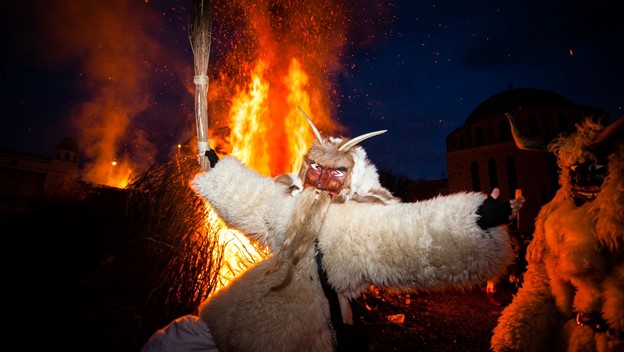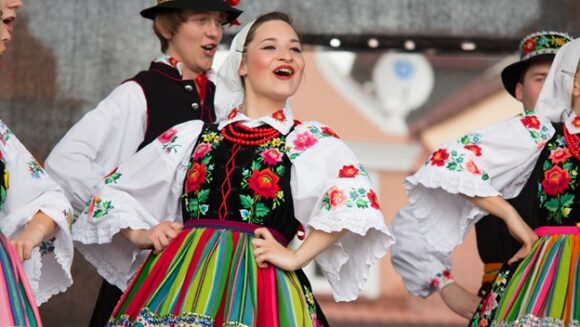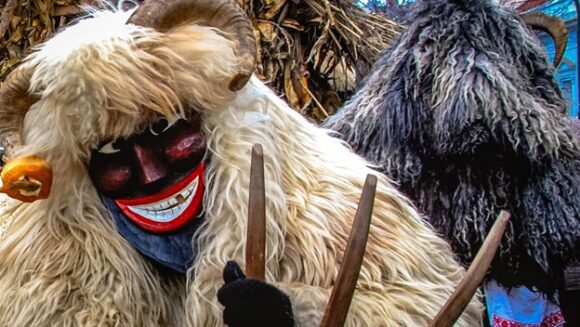Different places, different folk practices and customs – but one thing holds true everywhere: it’s one heck of a jolly good time when tradition and mischief collide in weird yet wonderful ways. Hungary is no exception either as the country has its own quirky and unique set of traditions to celebrate the end of the gloomy winter season. We thought to garner all the information you need to know about the Hungarian Carnival so you won’t be taken by surprise when you bump into a bunch of scary-looking characters wearing crafted masks and heavy sheepskin cloaks parading on the streets.
Which date does it fall on?
Although the length of the Hungarian Carnival season varies, the start date always falls on the day of Epiphany (the 6th of January), when locals take down the Christmas trees. Don’t fret though, you haven’t missed much as the holidays last until 21 February and the most spectacular part always takes place during the closing days (16-21 February).
Although the origin of the Carnival dates back to pagan times, today the world’s oldest party is strongly tied to religious practices. So much so, that the final day of the festivities happens to be on an important Christian day, Ash Wednesday, which directly precedes Lent. Ash Wednesday is characterized by a massive feast when locals finish off all the leftover delicacies, such as the delicious Carnival doughnut traditionally filled with apricot jam, that remained in the pantry.
Hungarian Carnival customs and superstitions
The Hungarian Carnival is strongly associated with the devil, more precisely with local folk practices to chase away the evil spirit and welcome the blooming spring. The wild street parades, unhinged dances and scary customs all serve the same purpose of getting rid of this wicked creature once and for all – or at least until next winter.
he Carnival-related folk practices largely vary in the different regions in Hungary. However, it is pretty common that women to aim to jump as high as possible during the popular chain dance as it is believed to bring a good harvest to their families. In West Hungary, for example, the young lads barricade the front doors of the houses with heavy wood logs where unmarried girls live as a way to playfully bully them for not succumbing to marriage that year. While burning straw dummies that are meant to symbolize winter is a nationwide practice all over Hungary.
Buso-walking festivities
The epicenter of all the Hungarian Carnival festivities is undoubtedly the city of Mohács. This historic southern Hungarian town is known worldwide for its wild and quirky Carnival merrymaking. Between 16 and 21 February, scary-looking characters, called the busók, flock to the streets wearing heavy woolen cloaks and painted devil-like masks equipped with horns. The festival includes lots of music, dancing and eating. According to pecsinap.hu, this year, 2,200 busók are expected to march throughout the city singing and making lots of noise. Visitors can enjoy and participate in more than 200 activities in 15 different locations, including concerts, fairs, workshops, food and wine tasting and plenty of children’s programmes to keep the little ones entertained. We hope to see you there this year to have an unforgettable time and create lifelong memories together!
Source: canva.com
Main picture: canva.com
– Eleonora Jobst –





















